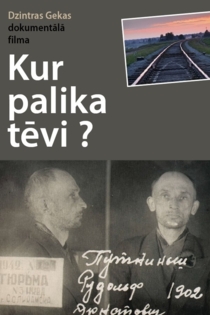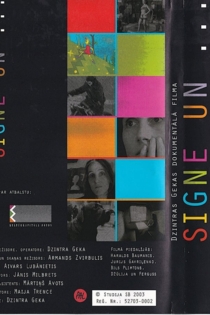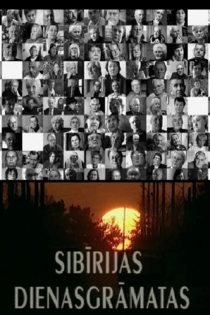
Dzintra Geka-Vaska
2021...Igarka, Cerība un Taurenis
Dzintra Geka-Vaska
In 1941 almost 4,000 children under the age of 16 were deported from Latvia to Siberia. Some returned to Latvia, many perished, and many were left in exile, where they had their own children. Nadežda Āriņa and Anatolijs Taurenis were born in the 1950s in permanently frozen Igarka in Siberia. Their mothers had been childhood friends in Latvia before their deportation. Nadja returned to Latvia where she now sells souvenirs, but for Taurenis Latvia is still a dream. In 2007, Nadežda heads to Igarka to visit Taurenis.
Igarka, Hope and Butterfly
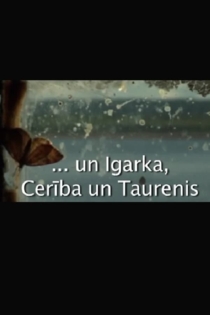
Agapitova un izglābtie
Dzintra Geka-Vaska
This is a film about the return of an individual to the Far North, and to the past. Agapitova, Igarka – the vast lands of Siberia, to which Ilmārs Knaģis and 4,000 other children from Latvia were deported in 1941. In the autumn of 1942, 700 mothers and children of different nationalities were sent to the death island of Agapitova. Only 60 survived, among them six Latvian children – Biruta Kazaka, Pāvels Kliesbergs, Venta Grāvīte, Ilmārs Grāvītis, Pēteris Bērziņš and Valentīna Voiciša. The question remains: Why did this happen? And why is no one to blame?
Agapitova and the Rescued
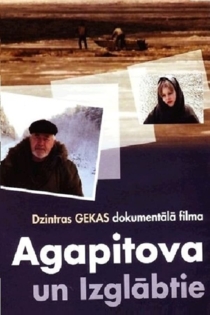
Tēvi tur
Dzintra Geka-Vaska
Andris Caune, Ojārs Grensbergs, Imants Grāvītis and Jānis Zemtautis spent many years in the Gulag camps. They survived. In 1954, a riot broke out in Jezkazan, Kazakhstan. The men’s camp and women’s camp joined together and held on for 40 days. Then came the tanks that killed more than 1,000 of them. Austra Vērpe met her future husband there. They were lucky to stay alive. The dream of the musician Zigfrīds Muktupāvels was to find the grave of his paternal uncle in far-off Kazakhstan. He was named after his uncle, who never came home. Zigfrīds and a cousin headed off into the steppes to look for a monument reading “Zigfrīds Muktupāvels.” The next round of deportations occurred in 1949, and whole families were sent to Siberia. Fathers were tried in court, a great many ended up in punitive camps in Vorkuta and Inta. Skaidrīte Jostmane and Māris Landers travelled to Vorkuta to find their father’s gravesite.
The Fathers Over There
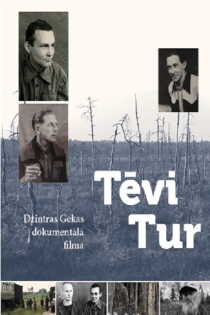
Piemini Sibīriju I
Dzintra Geka-Vaska
An emotional, figurative and historical study of the memories of people who were deported to Siberia as children on June 14, 1941. The suffering of these victims is presented in contrast to the beautiful landscapes of Siberia. On June 14, 2009, the film crew, some of the deported children who survived and returned to Latvia, and their children, go on a pilgrimage to Siberia to install memorial plaques in memory of the mothers and children who were deported between 1941 and 1949.
Remember Siberia I

Džona Doreda sala
Dzintra Geka-Vaska
John Dored was the first Latvian cinematographer to train with the famous Pathé, actively film on the front lines of WWI, and the only foreigner who filmed Lenin’s funeral, illegally. After emigrating to the U.S.A. he worked as a correspondent for Paramount News for 25 years and continued reporting from war zones. The film is based on the correspondence and journals of Dored and his wife Elizabeth – a portrait of a stellar career and of fate, love, life and death.
John Dored's Island

Bērnības zeme Sibīrija
Dzintra Geka-Vaska
The documentary "Childhood Land Siberia" continues the series of films about the deportations to Siberia, commited by the Soviet Union as part of an ethnic cleansing in its occupied lands in 1941. Some of the surviving children who were deported, now seniors, wish to visit the lands of their childhood in Siberia. They have experienced the cold and famine and have lost their families there, but it was their only childhood, with sun and snow, friends and people who helped them survive. What is it like there now? Does anyone remember them there?
Childhood Land Siberia
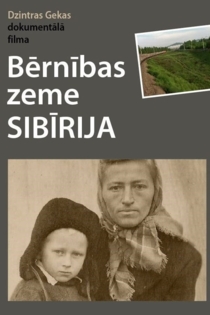
Maršruts: Ķekava-Omskas apgabals, 1949
Dzintra Geka-Vaska
The 1949 deportations were one of the most tragic aspects of contemporary Latvian history. 43,000 people were deported to Siberia for life, with 10,000 infants and children, elderly people, and even people raised from their deathbed among them. 4,941 persons perished. Every fourth deportee was a child. Every sixth deportee was 60 or older.
1949. The Route from Ķekava to the Omsk District

600 stāsti... mums tas bija jāizstāsta
Dzintra Geka-Vaska
Interviews were conducted over a seven year period with 670 people who were deported to Siberia as children in 1941. Fragments of their memories form a mosaic revealing their past experiences of losing fathers, mothers, brothers and sisters. Time heals, but nothing is forgotten and the stories must be told.
600 Stories That Have to Be Told

Gvido Zvaigzne
Dzintra Geka-Vaska
In January 2011, Latvia commemorated the 20th anniversary of the tragic events that occurred in January 1991. Film producer Andris Slapiņš was killed, and cameraman Gvido Zvaigzne was fatally injured on the night of January 20th and died in hospital two weeks later. He was a young man whose talent had not yet fully flourished. His story, however, contains elements that make it not only possible to demonstrate his personal tragedy, but also the problematic existence of a young and creative person during an era when everything was crumbling around him. Destiny kept Gvido Zvaigzne from finishing his route, but the events and values of his life represent a model of his generation’s efforts.
Gvido Zvaigzne
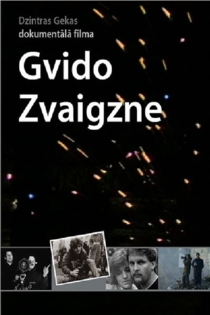
Sešdesmitie
Dzintra Geka-Vaska
The 1960s brought hope for the huge Soviet empire - a hope that the regime will become more humane. The optimism and youthful energy of the decade became the prevailing mood. Renewal of life vibrated in Latvia. The newly built Riga Film Studio was a strong impulse to the development of national cinematic art. A new generation full of energy came into the Latvian film industry; they created a style of documentary cinema that we now call Riga poetic documentary cinema (or Riga style).
The Sixties
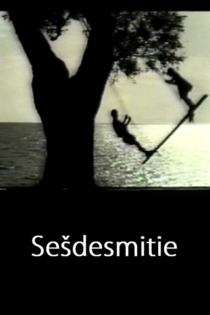
Kur palika tēvi?
Dzintra Geka-Vaska
The children who were sent to Siberia in 1941 have not seen their fathers – in their memories they recollect: “My father was arrested, he was sent to Vyatlag camp. He died there in March, 1942. He was not convicted. Father was tried in the autumn of 1942, when he was already dead, Moscow Troika verdict: 10 years in prison and confiscation of property...”The railcar moves along overgrown rails. For 70 years, the twelve participants of the journey have wanted to go to the places from where their fathers did not return. Among the harsh nature the tension on their faces shows.
Where Did The Fathers Go?
